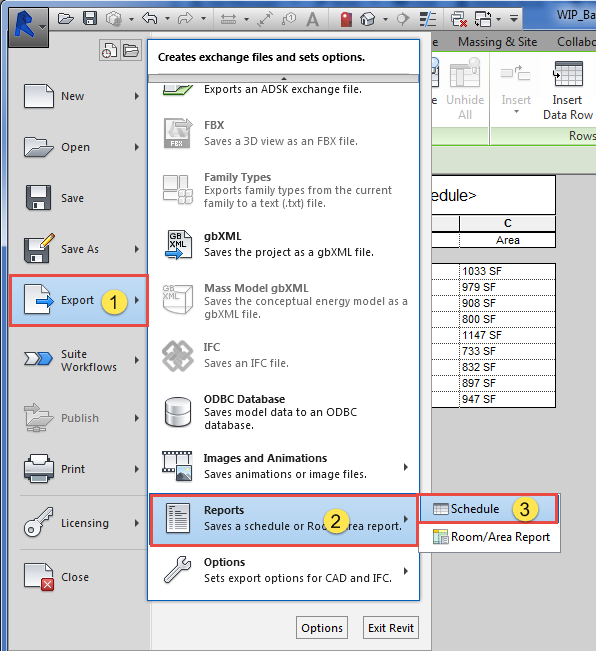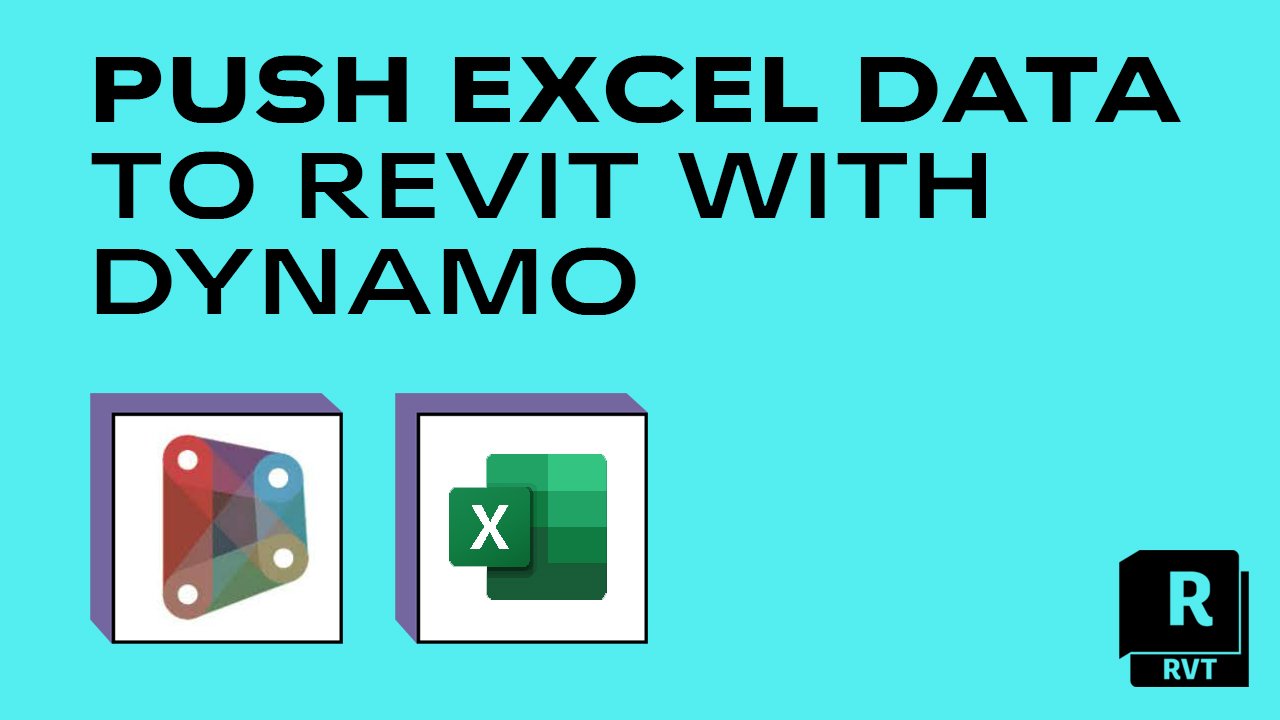Revit Plugins and Tools: Enhancing Your BIM Experience
Wiki Article
Revit Excel Integration Demystified: Improving Workflows for Boosted Project Control
Are you tired of dealing with ineffective project sychronisation and taxing operations? Look no even more, due to the fact that Revit Excel Integration is here to debunk the procedure and streamline your tasks. With this effective tool, you can improve task control and eliminate the headache of hand-operated data entry. In this post, we will certainly lead you through the value of Revit Excel Assimilation, show you how to improve process, and give ideal practices for successful integration. Prepare yourself to reinvent your job sychronisation with convenience.The Relevance of Revit Excel Assimilation
You need to understand the importance of Revit Excel assimilation to effectively streamline your workflows and improve project coordination. The integration of Revit, an effective structure details modeling (BIM) software application, with Excel, a widely used spreadsheet program, provides many benefits for architects, designers, and building specialists.

By incorporating Revit with Excel, you can remove manual information entry and decrease the risk of errors. This not only saves time however likewise makes sure precision in your job paperwork. You can upgrade information in Excel, and it will immediately update in Revit, preserving consistency throughout your job.
Additionally, Revit Excel combination improves project coordination by allowing effective collaboration among employee. With information synchronized between Revit and Excel, everyone can access one of the most current details and work together seamlessly. This advertises smoother interaction, lowers disputes, and enhances overall project efficiency.
Just How to Simplify Workflows With Revit Excel Combination
Enhance your process by perfectly attaching Revit and Excel to streamline your operations. By incorporating these 2 effective tools, you can enhance project coordination and enhance effectiveness in your job. With Revit Excel assimilation, you can quickly move information in between both platforms, enabling seamless communication and cooperation.

Another benefit of Revit Excel integration is the capability to develop customized records and analyze information better. With Excel's robust functions, you can execute advanced estimations, create charts and charts, and produce thorough reports based upon the information from your Revit models. This enables you to make and obtain valuable insights notified choices throughout the task.
Enhancing Project Sychronisation With Revit Excel Assimilation
By seamlessly connecting your style software with powerful data analysis tools, you can considerably boost the control of your projects. Revit Excel integration allows you to improve your process and enhance task control by removing hand-operated information entry and reducing errors. With this integration, you can quickly transfer data between Revit and Excel, guaranteeing that all job info is up to date and precise.One of the crucial advantages of Revit Excel combination is the capacity to import and export information in between both software application effortlessly. This indicates that you can easily import existing project information from Excel right into Revit, conserving you time and initiative in returning to info. Similarly, you can export project information from Revit to Excel, allowing you to perform advanced analysis and computations utilizing the powerful attributes of Excel.
In Addition, Revit Excel combination enables you to develop dynamic links in between both software application (revit tools). This means that any adjustments made in Revit will automatically update in Excel, and vice versa. This guarantees that all job stakeholders are collaborating with one of the most current information, enhancing project control and minimizing the risk of mistakes
Conquering Obstacles in Revit Excel Integration
When getting over difficulties in the assimilation of Revit and Excel, it's important to make sure seamless data transfer and reduce mistakes. One usual obstacle is the compatibility of information formats between Revit and Excel.One more obstacle is the absence of synchronization between Revit and Excel. It's crucial to establish a clear process that ensures both platforms are updated in real-time. This can be accomplished by making use of cloud-based collaboration tools or establishing a system for routine information syncing.
Handling huge datasets can additionally be problematic. When it comes to dealing with large amounts of information, revit and Excel have various abilities. To overcome this challenge, you can split the data into smaller, convenient pieces or use data filtering methods to concentrate on particular locations of rate of interest.
Last but not least, human mistake can cause disparities between Revit and Excel data. It is necessary to educate employee on the combination procedure and develop quality control measures to catch any kind of mistakes. Regular audits and cross-checks can help identify and rectify any kind of variances.
Finest Practices for Effective Revit Excel Combination
To make certain effective combination of Revit and Excel, it's important to adhere to some best techniques that will aid streamline your workflow and decrease mistakes. Additionally, when linking Excel data right into Revit, guarantee that the data is totally free and clean from any type of format issues that can create errors.Another crucial method is to on a regular basis update your Excel information in Revit. This can be quickly attained by developing a clear procedure for updating the linked data. Make it a behavior to evaluate and upgrade the information at regular intervals, particularly when adjustments are made to the project. This will certainly assist maintain your data accurate and approximately day.

Conclusion
So, there you have it - revit Excel assimilation does not have to be an overwhelming job. By simplifying your workflows with this powerful combination, you can boost project coordination and attain higher efficiency. Bear in mind to get rid of any type of difficulties that may arise and adhere to finest methods for successful integration. With revit Excel integration demystified, you'll be well on your way to optimizing the possibility of these tools and taking your jobs to new heights.You can export your Revit timetables to Excel, make adjustments or updates in Excel, and after that import the upgraded data back right into Revit with simply a few clicks. Revit Excel combination enables you to improve your process and improve project sychronisation by removing hand-operated import excel into revit information entrance and minimizing mistakes. With this assimilation, you can quickly transfer information between Revit and Excel, ensuring that all task information is up to day and exact.
You can export job information from Revit to Excel, allowing you to execute innovative evaluation and calculations using the powerful functions of Excel.
Furthermore, when connecting Excel data into Revit, guarantee that the information is totally free and tidy from any type of format problems that can cause mistakes.
Report this wiki page